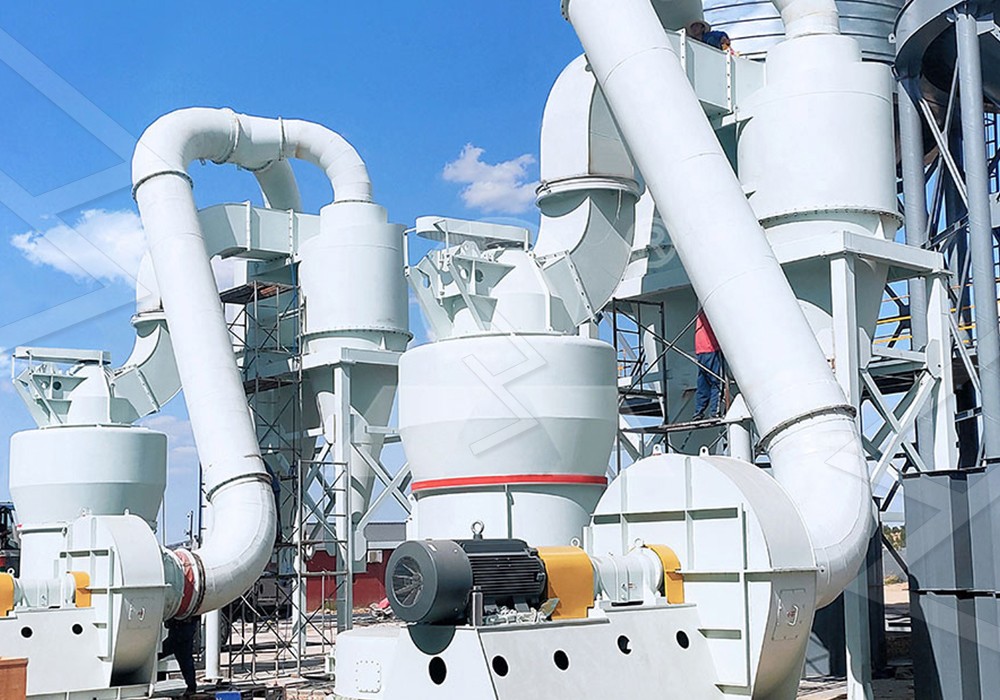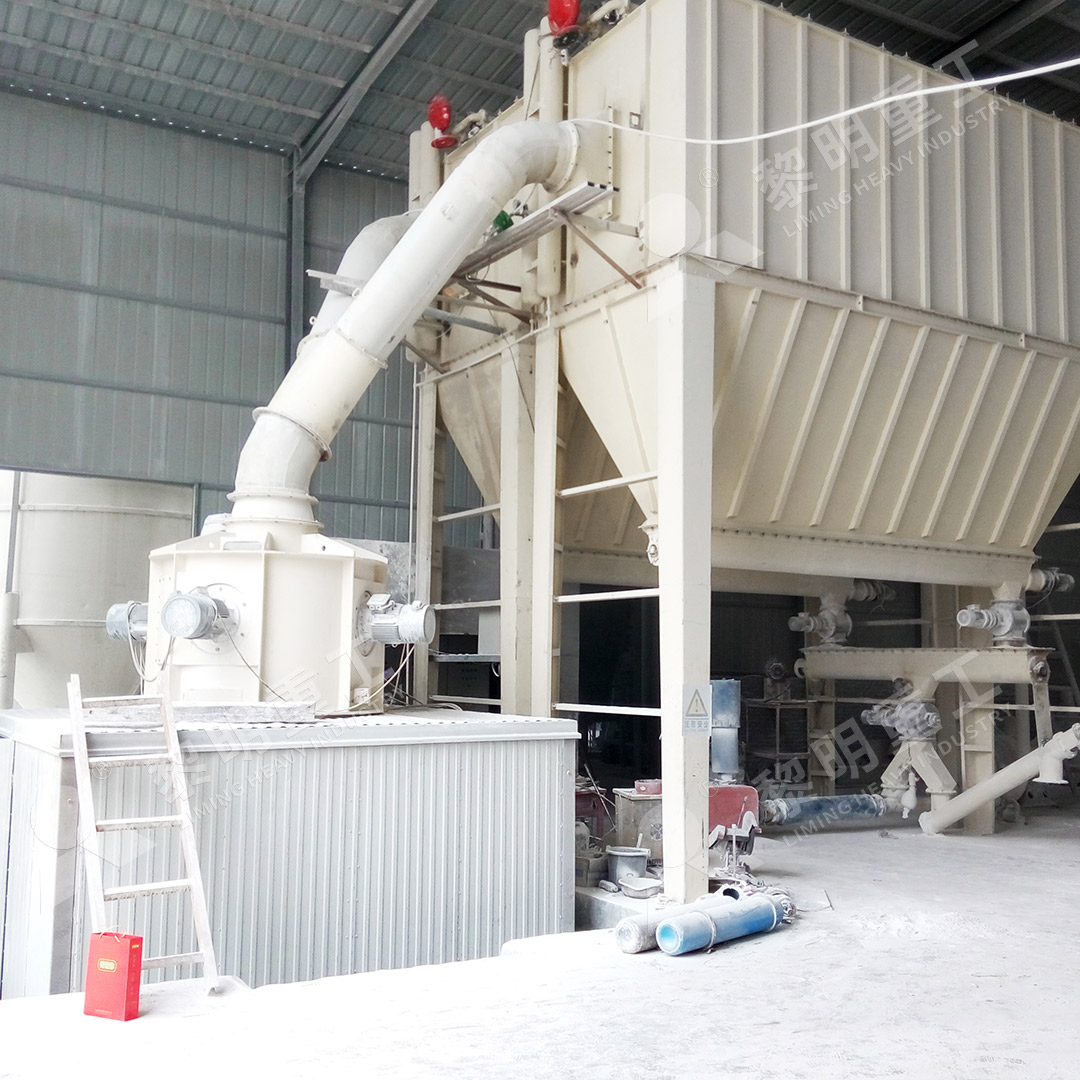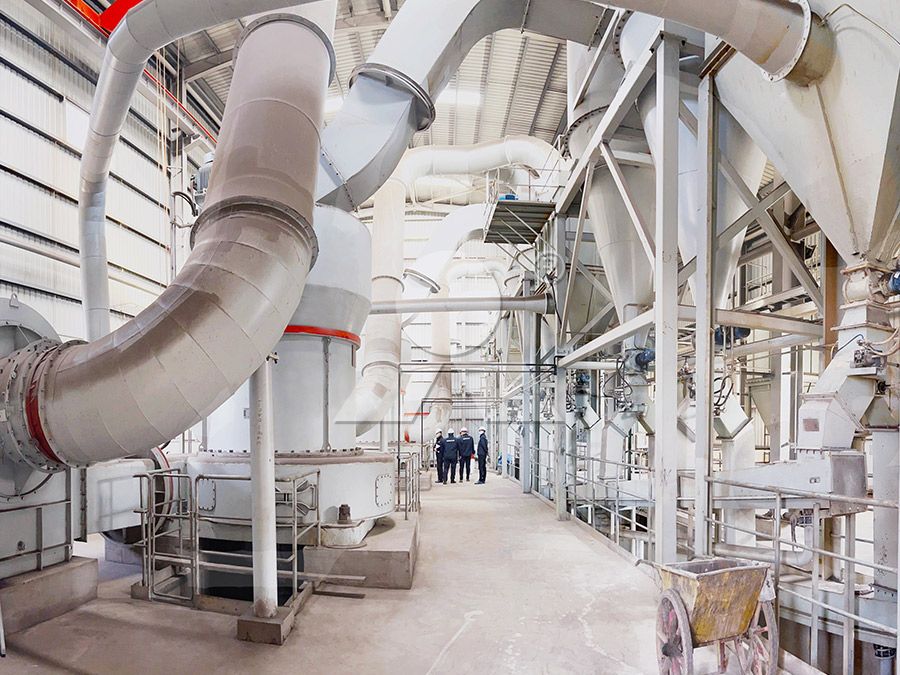How to Choose the Right Grinding Mill for Your Raw Material Processing Needs
We provide a wide range of mills — including Raymond mill, trapezoidal mill, vertical mill, ultrafine mill, and ball mill, obtained ISO9001 international quality certification, EU CE certification, and Customs Union CU-TR certification. Suitable for processing minerals such as limestone, phosphate, quicklime, kaolin, talc, barite, bentonite, calcium carbonate, dolomite, coal, gypsum, clay, carbon black, slag, cement raw materials, cement clinker, and more.
The discharge range of these mills can be adjusted to meet specific processing needs, typically from 80-400 mesh, 600-3250 mesh, and can achieve the finest particle size of up to 6000 mesh(D50).
If you are looking for a reliable grinding solution to turn stone or minerals into fine powder, please feel free to contact our online customer service.
How to Choose the Right Grinding Mill for Your Raw Material Processing Needs
Selecting the apropriate grinding mill is a critical decision that impacts your operation’s efficiency, product quality, and bottom line. With so many options on the market, it can be overwhelming to determine which machine best suits your specific raw material and production requirements. This guide will walk you through the key considerations to make an informed choice.
Key Factors to Consider
Before diving into specific mill types, you must evaluate your operational needs. The primary factors include:
- Raw Material Properties: Hardness, abrasiveness, moisture content, and initial feed size are paramount. A brittle limestone, for example, requires a different approach than a tough, fibrous material.
- Desired Final Product Fineness: Are you aiming for coarse powder (20-80 mesh), fine powder (100-325 mesh), or superfine powder (325-2500 mesh+)? The target particle size distribution is a major driver.
- Required Production Capacity (tph): Your output goals will immediately narrow down the viable options, from small pilot-scale mills to large industrial machines.
- Energy Consumption & Operating Costs: A mill with a higher initial investment might save significant costs over its lifetime through lower energy use and reduced maintenance.
- Environmental & Space Constraints: Considerations like noise, dust emission, and the physical footprint of the equipment are increasingly important.

Matching Mill Types to Applications
Different mills are engineered for different tasks. Here’s a quick breakdown:
For general-purpose, coarse to medium grinding, traditional options like Raymond Mills or Ball Mills are common workhorses. They are reliable and cost-effective for many minerals but may lack the efficiency and fineness for advanced applications.
When your needs demand ultra-fine powders (325-2500 mesh) for industries like cosmetics, advanced plastics, or high-performance coatings, you need a mill designed for precision. This is where advanced technologies like our MW Ultrafine Grinding Mill excel.
The MW Series is engineered for customers who need to make consistent ultra-fine powder. It handles materials like limestone, calcite, dolomite, and talc with an input size of 0-20 mm and a capacity range of 0.5-25 tph. Its cage-type powder selector, adopting German technologies, allows you to precisely adjust fineness between 325-2500 meshes, achieving a remarkable screening rate of d97≤5μm in a single pass. A key feature is the absence of rolling bearings and screws in the grinding chamber, eliminating common failure points and enabling worry-free 24/7 operation. Furthermore, its efficient pulse dust collector and muffler ensure the production process is eco-friendly, meeting stringent national environmental standards.

For operations processing slag or coal, vertical roller mills like the LM Vertical Slag Mill or LM Vertical Coal Mill are ideal. They integrate drying, grinding, and classifying, offering massive capacity (up to 340 tph for some models) and significantly reduced energy consumption—up to 40-50% less than ball mills.
Making the Final Decision
There’s no universal “best” mill. The right choice is a balance of your material characteristics, product specifications, and economic factors. Always request material testing from your supplier. A reputable manufacturer will test your sample in their lab to recommend the most efficient and economical solution, ensuring you invest in a mill that delivers the performance and ROI you expect.
For superfine grinding applications where precision, reliability, and environmental compliance are non-negotiable, the MW Ultrafine Grinding Mill represents a top-tier solution, blending high yield with lower energy consumption for a superior operational experience.

